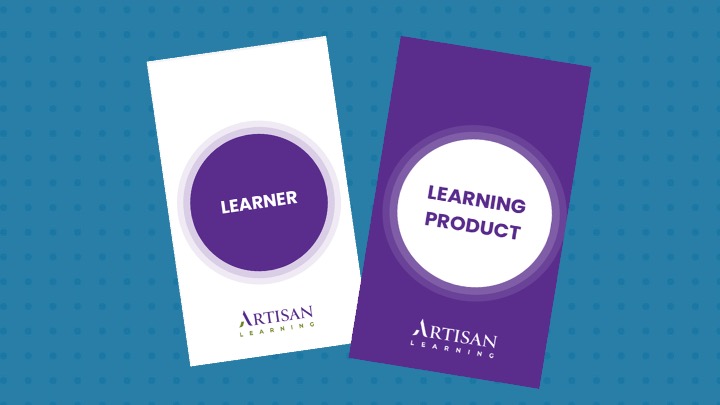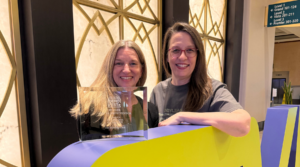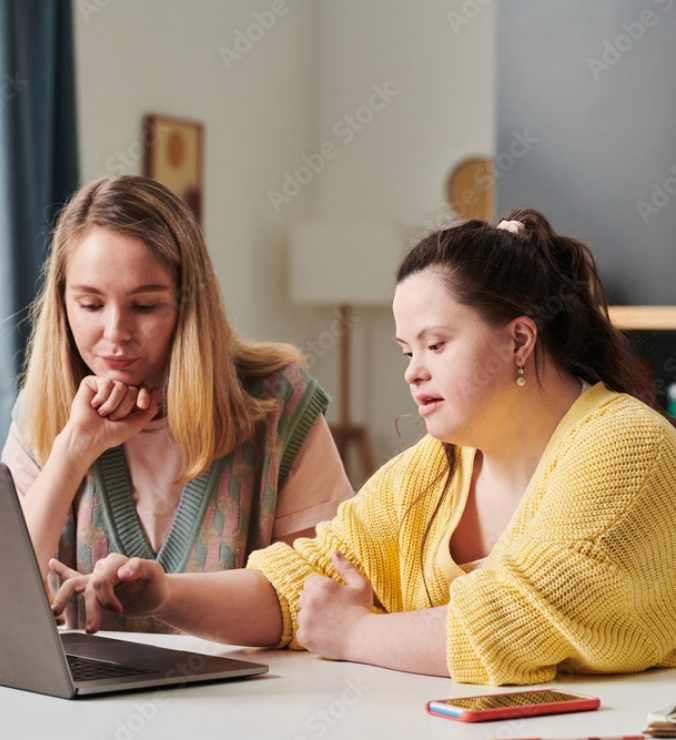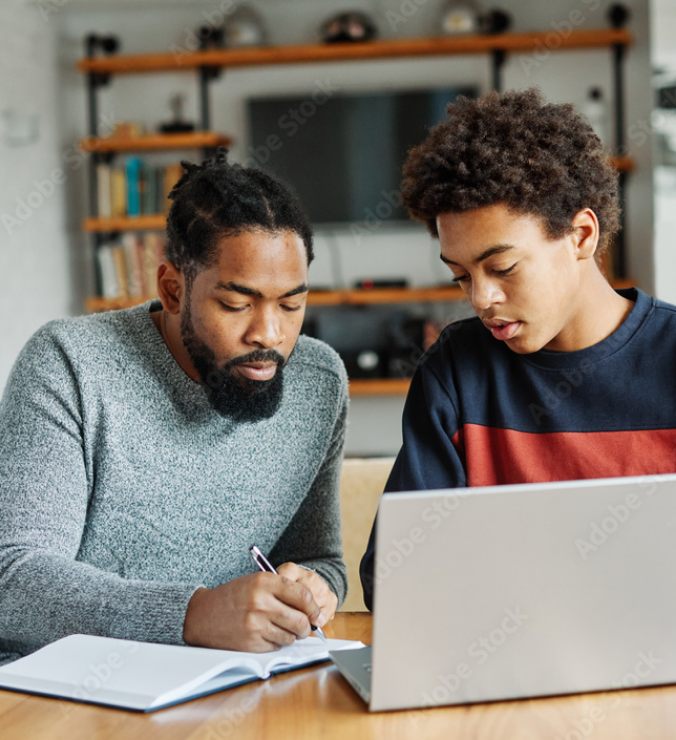At Artisan, we’re passionate about creating learning that helps all people know what to do. Because when people know what to do in their jobs, we all win. Right? We think so. Unfortunately, so much learning out there is focused on helping some people, not all people.
- Can a deaf person take advantage of your training video?
- Would a single parent of two kids be able to attend your in-person conference?
- Can Stephen, who is color blind, navigate your site to sign up for your virtual conference? And if he gets there, can he read everything on your slides?
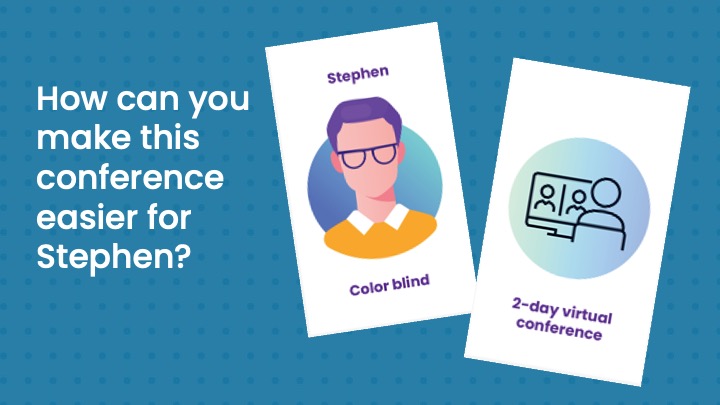
We ask these kinds of questions when we design training and when we teach people how to design training. Sometimes the answers aren’t obvious. So what’s a training company to do? Make a game of it, of course!
Diane Elkins and Amy Morrisey have taken hundreds of people through a simple card game that opens their hearts and minds to inclusive design. It’s been, well, a game-changer for us. Rather than tell people how to make a course inclusive, we let them explore what they would do first.
We put teams of learning designers together and give them a deck of cards. There are two types of cards in the deck. Learner cards and Learning Product cards.
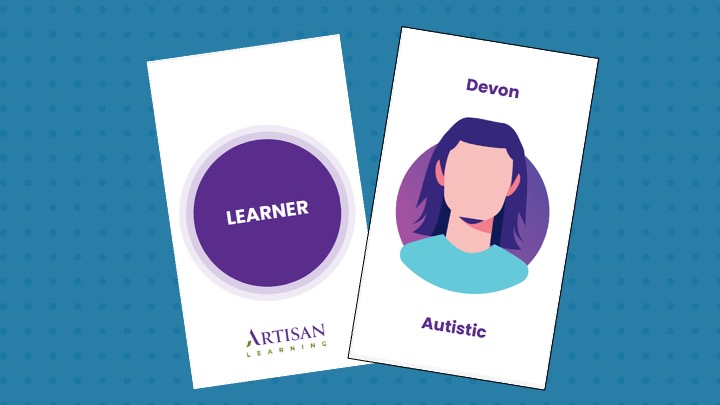
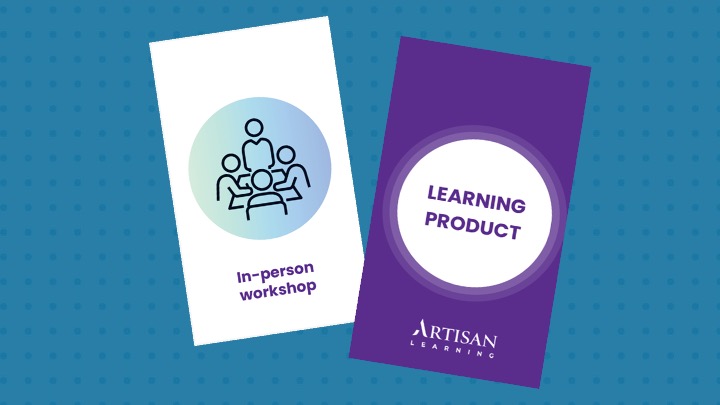
The teams sort the cards into two piles and draw one of each. Then, they discuss how they would design learning to meet the needs of that learner. They explore things like:
- What barriers might this person experience in this type of training?
- What could we, as learning designers, do to help?
- Would our solution hinder anyone else’s learning?
- Would it enhance everyone’s learning?
Over the years, we’ve had many lively discussions with really smart people who want to do the right thing for all learners. One person at a conference called out in the middle of the activity, “This is really hard!” It gave us the chance to have some real talk about that. Our discussion moved well beyond the mechanics of accessible course design or the value of diverse images in a course. The class started putting themselves in the role of the learner. Instead of starting with, “How do I build an inclusive course?” they asked, “What must it be like to be Ana? Or Devon? Or Amira?”
That’s when we knew they were really getting it. Suddenly, the ideas start flowing across the teams in the room.
“What pairing are you struggling with?”
“Here’s an idea!”
“I think if I were in Claire’s position, I would want…”
This simple activity got to the heart of what we do as learning designers. Our job is to help people get better at their jobs. Not some people. Not most of the people. Not only people who are like us, with the same circumstances and the same abilities.
Now, their goal was to help as many people as we possibly can get better at their jobs.
Accessibility is hard – but I’d rather it be hard for me than for the people we affect by our inaction.”
– Diane Elkins, Artisan Learning Co-Founder
When people started asking us where they could get more decks so they could take them back to their teams, we decided to go public! If you’re interested in playing “Barrier Busting – A Learning Design Game,” you can access the deck on our website. You can download a PDF to print your own deck or purchase a ready-to-use deck.
Use the deck to drive conversations about potential barriers to learning—and what you can do to remove some of those barriers. Shuffle the piles to mix and match learners with learning products to make new combinations and conversations. As Diane says, “Accessibility is hard – but I’d rather it be hard for me than for the people we affect by our inaction.” Whether you’re playing the game alone or with a team, we hope these cards help you create learning that helps all people know what to do in their jobs. That’s a win!

This card deck is an incredible tool for brainstorming ways to design more accessible, inclusive learning experiences!”
– Sarah Mercier, CEO and Strategic Consultant at Build Capable
